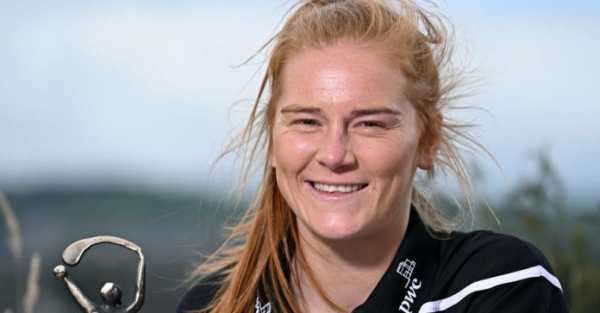
2023 Camogie Player of the Year Beth Carton says there was some tough conversations had to get over the All-Ireland defeat to Cork last August.
Carton was a crucial part of the Waterford side as they made history by reaching the O’Duffy Cup final, but suffered a heavy 5-13 to 0-9 defeat to Cork.
Despite the huge strides Waterford have made in recent years, Carton admitted talking about the final as a group was key to moving forward.
Speaking as she was named the PwC Camogie player of the month for May, Carton said the togetherness of the squad was vital to moving forward as a group.
“We are a very tight nit group, even getting to pre-season training was massive, even as a group to talk about it and park it.
“The league was probably important to use to get back playing and proving we are not that far off really if we get things right. Talking about it was big for us, once we had that done, it was parking it and moving forward.
“It was a very few hard weeks after in general. We were lucky that club wasn’t too long coming. We got away for a few days and then got back into club. You are in a new set-up, and you have no choice but to get on with it.
“There was a tough few days after. For that week after, you don’t really want to talk or see anyone after, because that is all they talked about. Even at home, you would be avoiding people.”
Carton did not let the heartbreak of last year become a setback to he performances, with 11 points in Waterford’s win over Antrim last weekend.
If Waterford are to make another final appearance, Carton’s form will be a major factor, as she says preparation to games is key to delivering in the biggest moments.
“For me, a big thing would be having the correct preparation done. I think it is massive for me if I know if I have the my preparation done, then when I go out on the day, you know your hard work is done, there is not much you can do.
“I think that takes pressure off in terms off you know there is nothing else that can be done. Whether it is ball ally or hitting your frees or training, it doesn’t even feel like hard work in way then as well.
“If you found it hard, you would struggle to continue doing it week on week.”
Waterford went into this weekend’s game against Derry knowing defeat would have ended their season.
However, Carton once again stepped up when it counted, as she scored 2-8 as Waterford were 3-15 to 0-6 winners.
They will face Galway in next Sunday’s quarter-final.
Sourse: breakingnews.ie